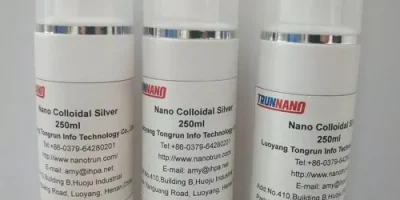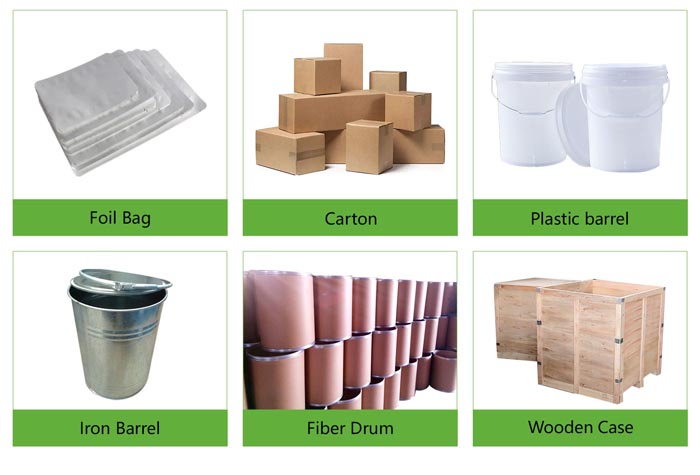Cement foaming agent, also known as foaming concrete foaming agent, refers to an admixture that can reduce the surface tension of liquid and generate a large amount of uniform and stable foam for the production of foamed concrete. Foaming agent is a kind of substance that can make its aqueous...

Carbon-Coated Silicon Material: an Ideal Anode Material for Lithium Batteries
Problems Facing Silicon Carbon Material System
Silicon possesses an ultra-high theoretical capacity for lithium insertion, approximately ten times greater than carbon materials. It has many advantages, including a low price, abundant sources, and a platform that is similar to graphite. Silicon will, however, produce volume changes of >400% during the deintercalation process of lithium. This will lead to pulverization, loss of contact between the current collectors and the conductive agents, and rapid degradation of capacity. In addition, the SEI membrane on the silicon surface is unstable and severely limits the cycle life.
The lithium ions diffuse into the silicon particle, which reduces the active material's lithium insertion capability. Selecting nano-scale silicon particle can also reduce material powdering. This will improve capacity. Nanoparticles, however, are easily agglomerated, and they have little effect on the thickening SEI films. In the current silicon anode technologies, they are focusing on two key problems: "volume growth" and "conductivity", which occur during the charge-discharge process. As far as anodes are concerned, the carbon materials used in silicon anodes to form conductive and buffer layer are crucial.
The nanometerization process can enhance the performance of silicon anodes. To reduce the cost of manufacturing nano-silicon material and to stabilize the SEI film on the surface of silicon materials, a variety of materials with good intrinsic conductivity are used to combine with silicon. Carbon materials are among the materials that can both improve the conductivity on silicon-based anodes and stabilize the SEI films.
There is no carbon or silicon material that can simultaneously meet the needs of modern electronics for energy density and cycle lifetime. The fact that carbon is a member of the same chemical group as silicon, and has similar properties to both, makes it easy to recombine them. The composite material of silicon-carbon can be used to complement both the benefits and shortcomings of each material. It also allows for a material with a much higher gram and cycle capacity.
The reduction of particle size in the electrode material has the additional purpose of increasing the ionic rather than electronic conductivity. As the particle size is reduced, the diffusion path of lithium ions is also shortened. This allows the lithium ion to quickly participate in electrochemical reactions, during charge and discharge. For the enhancement of electronic conductivity there are two methods. One involves coatings of conductive material and the second is doping. This is done by producing mixed valences states to increase the intrinsic conductivity.
Carbon-Coated Silicone Material
Scientists developed a plan for using carbon to wrap silicone as a negative electrolyte material in lithium batteries. They did this by synthesizing the electrochemical characteristics of carbon and silica. In experiments, scientists found that silicon coated with carbon can boost the material's performance. Preparation methods for this material include hydrothermal method CVD, and coating carbon precursors to silicon particles. The array of nanowires were prepared by metal catalytically etching the silicon plate. They then coated the surface with carbon using carbon aerogel and Pyrolysis. The initial discharge capacity of this nanocomposite was 3,344mAh/g. After 40 cycles, the capacity was 1,326mAh/g. The material's excellent electrochemical performance is due to its good electronic conductivity, contact between silicon and carbon materials, and effective inhibition of volume expansion by the silicon materials.
The Development Prospects
The Carbon-coated Silicon material is an ideal anode material for lithium batteries. It combines high conductivity, stability and capacity of silicon with the advantages of carbon.
(aka. Technology Co. Ltd. (aka. Our silicon powder is high-purity, with fine particles and low impurity. If you need lower, please Contact us.








